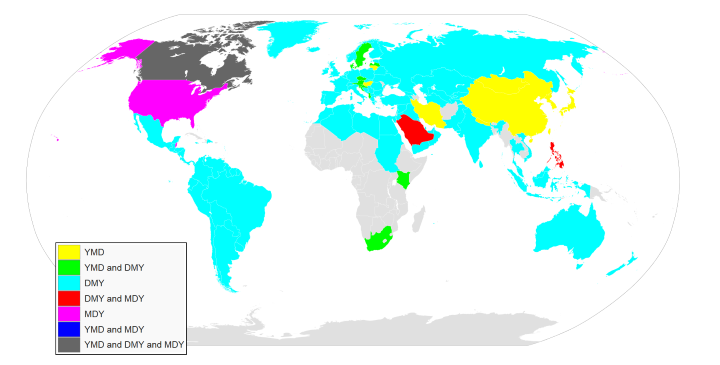Beware the Ides of March
(And you thought dating was easy...)
Most people when they hear the term “Ides of March” think of the date of the assassination of the Emperor Julius Caesar in March of the year 44 BCE. But what exactly is an ide? Unlike modern times, Romans did not count linearly through the month, but rather backwards from three fixed points: the nones (7th day of “full months” or 5th day of “hollow months”), the ides (the 13th usually except the 15th for March, May, July and October) and the kalends (the first of every month). Caesar was rightly forewarned by a seer on 15th March 44 BCE to “Beware the ides of March!”
Adding to this complexity, Pope Gregory adjusted the Julian system to the current Gregorian Calendar in 1582 via a papal bull. This change converted October 4, 1582 to October 15, 1582. This change addressed the Julian’s calendar solar drift over 1627 years. This adjustment caused much consternation throughout Europe as the populace thought they were being cheated out of a week and a half’s worth of rent!
The Gregorian calendar is in widespread use today, but not universally so. Some countries did not adopt the Gregorian calendar until the early 20th century. The Eastern Orthodox Church and the Berbers of northern Africa still use the Julian system. Many places, religions and cultures worldwide have additional calendars based on the lunar calendar or from an important date. It’s the year 110 using the Minguo calendar of Taiwan!
Map from wikimedia
Within the Gregorian system, dates are represented in a wide range of ways which can present problems loading GIS data into corporate systems. The International Organization for Standardization in Switzerland usefully created ISO 8601, a document standardizing representations for dates and times. Referring to the Wikimedia map, you can see that most of the world likes the Date-Month-Year or DMY format, China and Iran prefer YMD, and the US stands virtually alone with exclusive use of MDY. A good chunk of the world combines a preference for multiple date formats!
Almost any GIS tech worth their salt has experienced date conversion problems on account of dates like “February 30, 2021.” At WhiteStar, we use tools like Safe Software’s FME to manipulate and validate dates in input data before sending it on its merry way to your database system of record. We run into these issues frequently cleaning up data from state agencies, particularly gathering data for WhiteStar Wells from each state agency, consisting of more than four million header records.
Take the date February 20, 2021, for example. This is often represented in the US as 02/20/2021. We wish to manipulate the date into a more ISO friendly 20210220 format. We can use an FME date transformer with a token such as %Y to represent the four digit year YYYY, %m to represent the two digit month mm, and %d to represent the day, dd, and then reorder the pieces at will, plus eliminate the unwanted ‘/’ character. You can also write out a list of problem dates for later correction to help clean up your data and earn your gold at the end of the rainbow.
In the end, we suggest you take a break from your date manipulations, pour a beer, have yourself a heap of boiled corn beef and cabbage to celebrate your victory over dates and newfound knowledge of the complex history of the date.
Robert C. White, Jr.
President and CEO
WhiteStar Corporation

